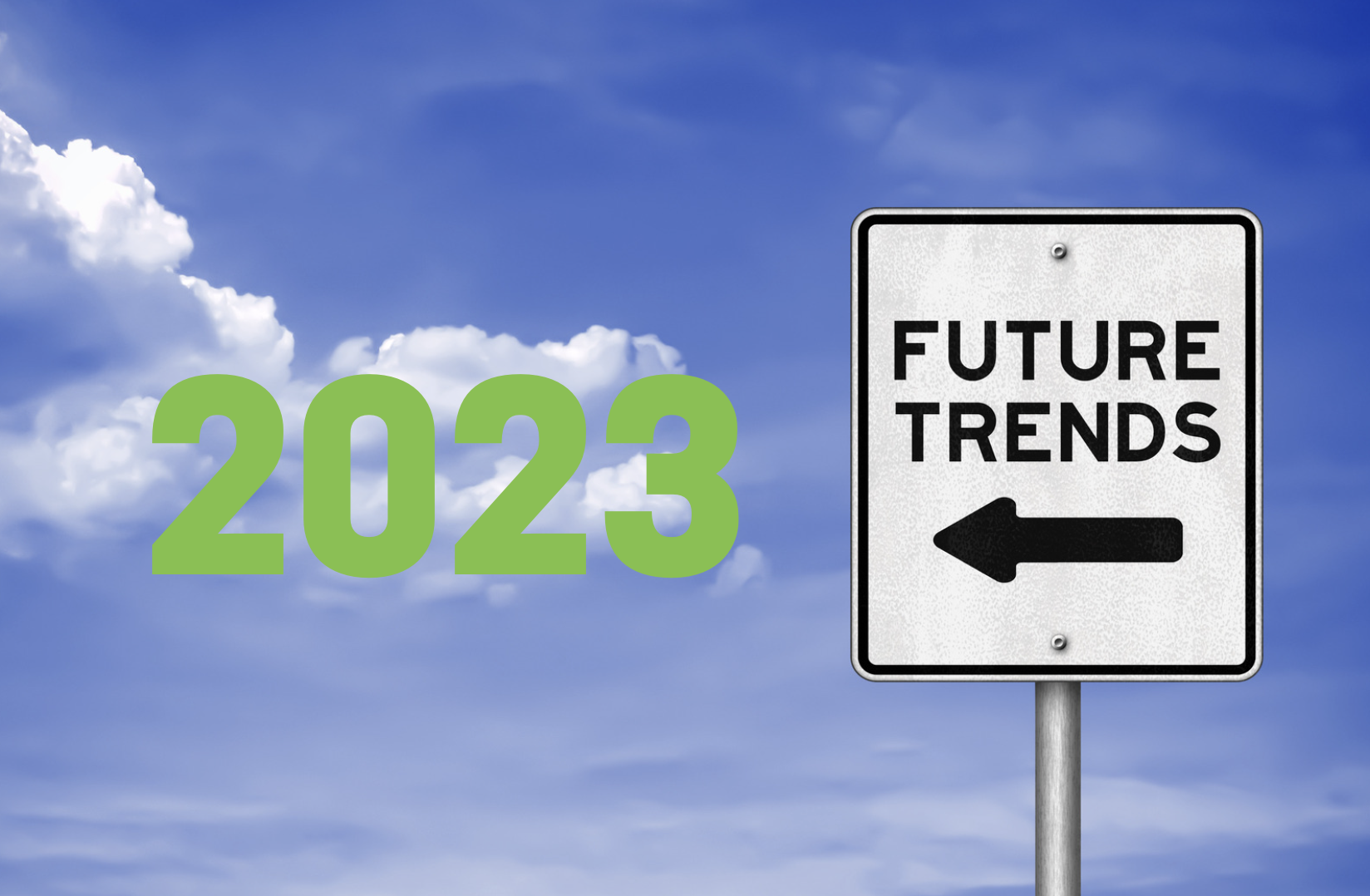It’s been another eventful year in the world of environmental health. While the pandemic continued to subside, life afterwards hasn’t quite gotten back to normal. But we’ve pushed forward nonetheless. It was great to see our amazing environmental health agency clients at events like CIPHI National and Alberta. It was a stark reminder of the importance environmental health professionals hold within our communities. Chatting with inspectors, managers, and industry insiders, it’s clear that EH professionals are as passionate as ever about their mission to make a difference. It was also clear some major themes have emerged -- while others have crystallized -- as the year went by. With that in mind, here are 5 environmental health trends to watch in 2023.
Trend 1: Community Engagement Becomes the Next Chapter
According to visitor metrics from the Hedgerow Software blog and LinkedIn, one topic really stood out in 2022 with Canadian agencies: community engagement. I asked the question a few months ago, if better community engagement would be the next chapter within environmental health. Judging by the responses received on LinkedIn, it really is top of mind. How do we repair relationships that have fractured during the pandemic? How do we ensure environmental health is equitable for all groups? These aren’t easy questions to answer, and I’m sure we’ll all spend time as an industry trying to advance this cause in 2023. From a technology perspective, at Hedgerow Software we’ll continue to provide tools that help agencies in this area. Hedgerow Portal is one example, which has been on the agenda for just about every conversation I’ve had with our clients over the last few months.

Trend 2: Acute need to Refill the Talent Pool
We’re at an inflection point with regards to the talented professionals within our industry. Agency leaders recognize that we need a new wave of inspectors/analysts/technologists/others to enter environmental health. Especially after the pandemic induced an exodus of more experienced workers. We’ll need more innovative programs like the Bachelor of Environmental Public Health (BEPH) provided by Conestoga College, which provides education, real world technology experience, and apprenticeship programs to ensure more young professionals are exposed to environmental health with a direct career path.
Trend 3: renewed Focus on Employee Wellness
Another trend to keep an eye on is how agencies help support their teams from a wellness perspective. The pandemic has been stressful and challenging on many levels, especially for environmental health teams. Look for more agencies to focus on team wellness, to build a culture of understanding and ensure employees are satisfied and productive in their work. The Region of Peel, a Hedgerow client, was a recipient of 2022 Canada's Healthy Workplace Month Great Employer Award presented by Excellence Canada. The award recognizes employers for achievement of a healthy workplace in these key areas: 1) Physical Health 2) Mental Health 3) Social Health 4) Community
At Hedgerow Software, we’ve become a primarily remote team with operations in Canada and the US. But we also recognize the need to bring employees together, for everyone’s benefit. I’m working on an initiative right now, to gather our Calgary team each week for a fun and competitive team building exercise. And of course, there’s a technology angle to the competition! Look for more on the results of this initiative in a future blog post.

Trend 4: reduce barriers Through Data-Driven Environmental Health
Another theme to consider is how we continue to reduce barriers in our industry. A more equitable distribution of environmental health services to historically marginalized groups will be a larger focus for agencies, community leaders, and nonprofits next year. We will likely see more generous funding into promising programs such as the Canadian Indigenous clean drinking water initiative started by University of Alberta students and backed by Hollywood celebrities Ryan Reynolds and Blake Lively. Technology should also continue to play a significant role here, through the use of data-driven tools that help agencies and community leaders remove unintended bias from environmental health services.
trend 5: Clean Innovation Takes a Major Leap Forward
Earlier this year, the Region of Waterloo announced a leadership role in the future of clean energy with a focus on equality and economic prosperity. A consortium including the Region of Waterloo, Sustainable Waterloo Region, WR Community Energy and Waterloo EDC launched the Clean Economy Cluster Map with a vision to create a clean energy future that acknowledges the necessity for equity and economic prosperity to be interconnected to long term success. We predict more provincial leaders with follow suite in initiatives like this one. We know it takes a village to battle climate change, and we’ll see more progress next year.
What other major trends within environmental health did we miss? Please leave a comment below or connect with me on LinkedIn to continue the dialogue and have a wonderful holiday season.





